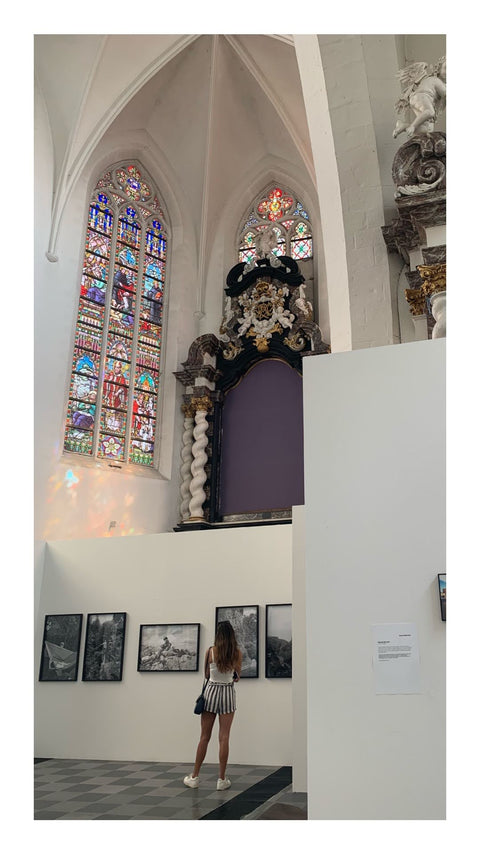A Medieval Survivor
The Romanesque Gate (1218–1222) is the only surviving remnant of the Sint-Elisabethgasthuis, a guest house originally founded around 1080–1090 under Henry III, Count of Leuven. The site endured a devastating fire in 1363 and major reorganisation in the late 15th century, which replaced most of its original buildings.
Architectural Details
The gate features a round arch portal crafted from white sandstone and dark grey Doronik limestone, richly decorated with early 13th-century carvings. It now serves as an entrance to a modern cultural centre, seamlessly linking Leuven’s medieval and contemporary life.
Restored Heritage
The surrounding complex has been carefully restored:
-
The carriage house was transformed into a concert and theatre hall
-
17th–18th-century kitchens and living spaces preserved
-
The classicist refectory was repainted in its original colours
-
A stairwell decorated with stucco seed beads and wood carvings
-
The Monseigneurskwartier, adorned with gilt leather and painted linen
Together, these elements showcase centuries of Leuven’s architectural evolution.

(Source: https://www.uitinvlaanderen.be/agenda/e/romaanse-poort/EB98193D-D19C-7FC4-07DF5992F6D9F0A8), photos by Aslı Tezcan



